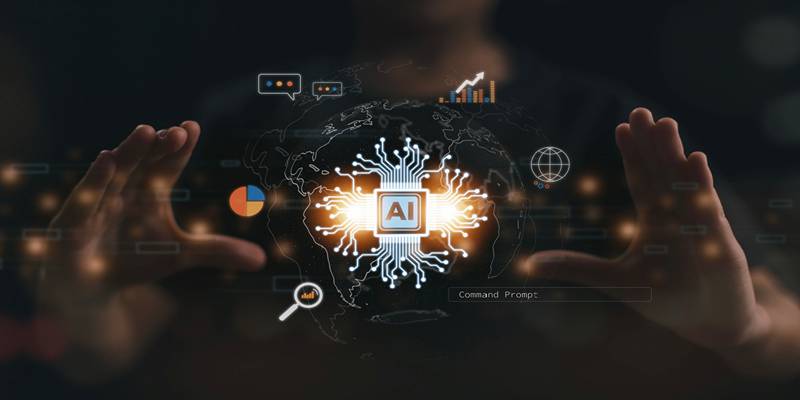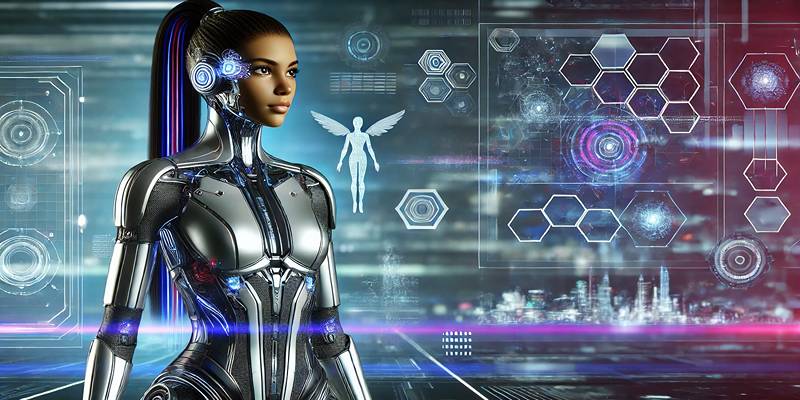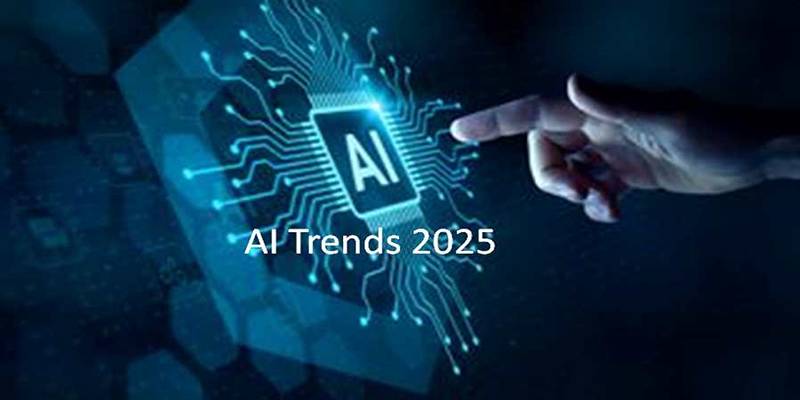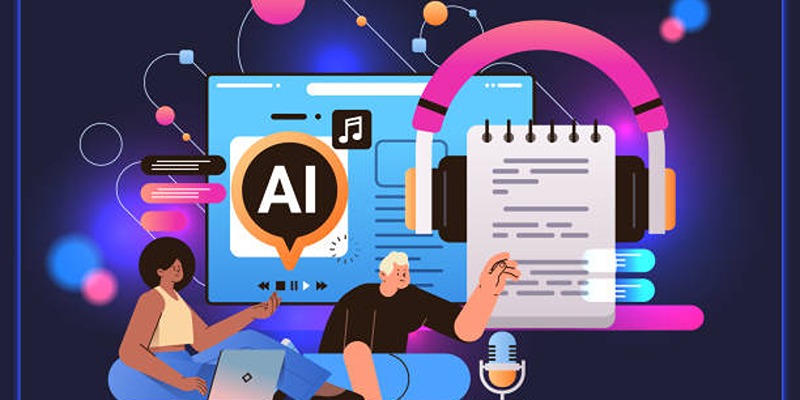Artificial intelligence (AI) is no longer a glimpse of the future—it’s embedded in everyday life. Since the boom of generative AI tools in 2023, AI has shifted from a fascinating concept into a fundamental part of how people work, search, and communicate. In 2025, that momentum is accelerating, with some trends gaining particular attention across industries.
This year, AI is growing not just smarter but more human-aware. It’s integrating deeper into personal and professional routines, reshaping expectations for digital interaction. Here are the 4 AI trends the most hyped for in 2025—and why they matter now more than ever.
1. Smarter Voice and Vision-Based AI Assistants
One of the most exciting developments in 2025 is the rise of multimodal AI assistants—tools that combine voice and visual understanding. Unlike traditional digital assistants that respond only to spoken commands, these systems process visual input through cameras, enabling far more intuitive and helpful interactions.
Thanks to breakthroughs in natural language processing and computer vision, these assistants can now understand complex spoken requests while interpreting what they see. For example, a user might point their phone camera at a product and ask, “How do I use this?” The assistant responds based on visual recognition, offering step-by-step instructions in real time.
Google’s Gemini Live is among the tools demonstrating this capability, with smartphones like the Pixel 9 Pro XL showcasing seamless interactions that blend sight and speech. These assistants support multi-turn conversations, understand facial expressions, and can respond naturally in context.
Beyond convenience, this trend enhances accessibility. Vision and voice-based AI make it easier for people with disabilities to interact with technology, navigate their environment, and complete tasks hands-free. From smart home devices to mobile apps, this convergence of senses is making AI more useful—and more human.
2. Search Experiences Reimagined Through AI

Search engines are undergoing one of their biggest transformations in decades. In 2025, AI is redefining how people find information, moving beyond keyword-based methods to systems that understand meaning, context, and user preferences.
Instead of typing something rigid like “best laptop under $1000,” users can now speak naturally: “I need a lightweight laptop for college and light gaming.” The AI parses the context and delivers personalized recommendations—considering user habits, purchase history, or past queries.
This shift is driven by conversational and multimodal search. Users can now combine inputs—text, voice, or images—to make a query. For example, someone might show the camera an unknown object and ask, “What is this?” and receive detailed responses.
Search is also becoming more personalized. AI tailors results to dietary choices, locations, or user behaviors. If someone frequently searches for vegetarian recipes, future food searches will automatically prioritize plant-based results—no extra filtering is required.
Moreover, context-aware memory allows AI to build on previous interactions. A user might ask, “Where should I go this summer?” and then follow up with, “What’s the weather like there in July?”—and the AI will understand the link between questions.
3. Productivity Tools Powered by AI
AI’s integration into productivity tools is one of the most impactful changes taking shape in 2025. From office software to communication platforms, AI is becoming a built-in partner that enhances focus, creativity, and efficiency.
Tools like Microsoft Copilot and Google Gemini for Workspace are transforming how people write, collaborate, and manage projects. These assistants can summarize emails, draft responses, organize notes, and even help plan meetings based on everyone’s availability.
AI is also improving context awareness. Before a meeting, it might pull together relevant documents, outline talking points, and suggest reminders—saving time and helping users prepare more effectively. This proactive support is turning everyday apps into intelligent co-workers.
Another key advantage is automation. Repetitive tasks like data entry, formatting reports, or updating spreadsheets are now handled by AI, allowing employees to focus on problem-solving and strategy instead. Project managers benefit from tools that automatically assign tasks, track progress, and provide insights on timelines or performance.
Inclusivity is also improving. With built-in translation, transcription, and voice recognition, global teams can collaborate more easily across languages and regions. AI bridges communication gaps and enables smoother teamwork.
4. Early Signs of AGI and Agentic AI

Perhaps the most hyped—and ambitious—trend in 2025 is the rise of agentic AI and the early appearance of artificial general intelligence (AGI) behaviors. While full AGI—the ability to perform any intellectual task a human can—is still out of reach, the industry is inching closer.
Agentic AI refers to systems that act autonomously, completing tasks without continuous input. They can plan, reason, and take initiative. Given a high-level goal like “write a whitepaper on renewable energy,” an agentic AI could research the topic, gather credible sources, write a first draft, and even cite references—all without needing to be micromanaged.
This autonomy marks a major leap forward. Unlike narrow AI tools that require specific prompts, these models adapt to changing inputs and handle complex, multi-step challenges. They can also collaborate with other AI agents, coordinate tasks, and adjust goals on the fly.
Meanwhile, early AGI efforts are focused on creating systems that demonstrate general-purpose learning and problem-solving. These AI models can handle tasks across domains—offering insights, generating creative content, and reasoning through unfamiliar situations.
Though still in developmental stages, the excitement around agentic and AGI systems is enormous. They represent a potential future where AI is not just responsive—but truly collaborative and independent, able to solve real-world problems with minimal supervision.
Conclusion
AI in 2025 is delivering more than just convenience—it’s reshaping how people interact with the digital world. The most hyped trends—voice and vision-based assistants, intelligent search, productivity-boosting tools, and early agentic AI—are setting the tone for a future driven by intelligent, adaptive systems.
Each of these trends shares a common goal: making AI more natural, useful, and empowering. Whether it’s navigating daily tasks, finding information faster, boosting workplace efficiency, or unlocking creative problem-solving, AI is playing a more active and collaborative role than ever before.











